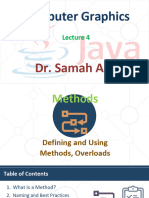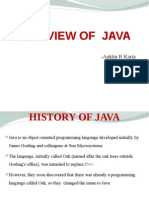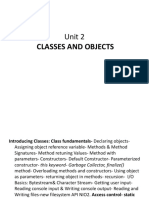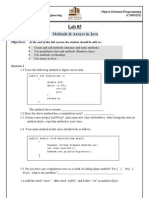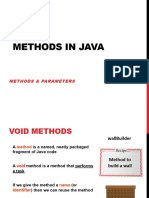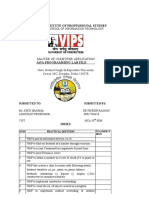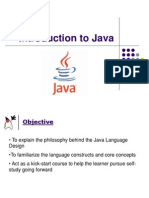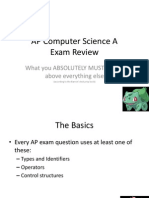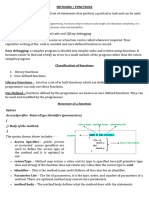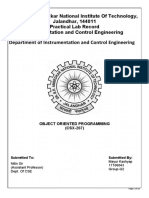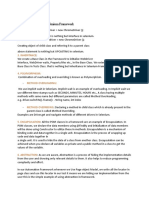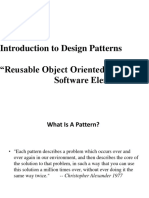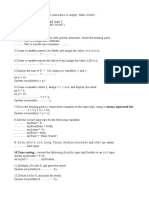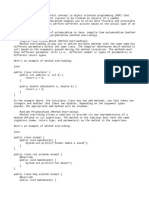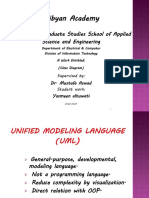0% found this document useful (0 votes)
13 views33 pagesCsbp219 Sp24 Java Week3
The document outlines the objectives and content for a course on Object Oriented Programming, specifically focusing on Java control structures and methods. It covers various types of looping structures, including counter-controlled, sentinel-controlled, and flag-controlled loops, as well as break and continue statements. Additionally, it introduces user-defined methods, including value-returning and void methods, along with concepts like variable scope and method overloading.
Uploaded by
hudamkhaled2006Copyright
© © All Rights Reserved
We take content rights seriously. If you suspect this is your content, claim it here.
Available Formats
Download as PPTX, PDF, TXT or read online on Scribd
0% found this document useful (0 votes)
13 views33 pagesCsbp219 Sp24 Java Week3
The document outlines the objectives and content for a course on Object Oriented Programming, specifically focusing on Java control structures and methods. It covers various types of looping structures, including counter-controlled, sentinel-controlled, and flag-controlled loops, as well as break and continue statements. Additionally, it introduces user-defined methods, including value-returning and void methods, along with concepts like variable scope and method overloading.
Uploaded by
hudamkhaled2006Copyright
© © All Rights Reserved
We take content rights seriously. If you suspect this is your content, claim it here.
Available Formats
Download as PPTX, PDF, TXT or read online on Scribd
/ 33


